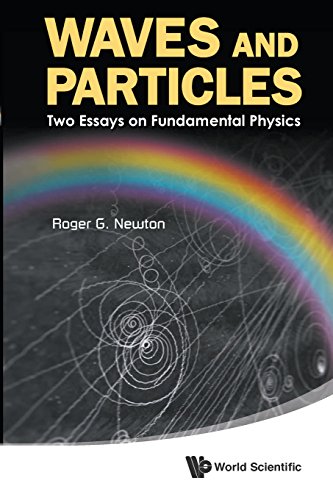

Most ebook files are in PDF format, so you can easily read them using various software such as Foxit Reader or directly on the Google Chrome browser.
Some ebook files are released by publishers in other formats such as .awz, .mobi, .epub, .fb2, etc. You may need to install specific software to read these formats on mobile/PC, such as Calibre.
Please read the tutorial at this link: https://ebookbell.com/faq
We offer FREE conversion to the popular formats you request; however, this may take some time. Therefore, right after payment, please email us, and we will try to provide the service as quickly as possible.
For some exceptional file formats or broken links (if any), please refrain from opening any disputes. Instead, email us first, and we will try to assist within a maximum of 6 hours.
EbookBell Team

5.0
28 reviewsIn part 2, the history of the idea of atoms is reviewed, and then the scientific evidence for their existence, with Rutherford's discovery of the atomic nucleus. The investigation of what the nucleus is like follows, including the discovery of the neutron, followed by that of the neutrino — of which there are several different kinds — and the muon as well as the pion. The important work of Paul Dirac is described, as well as the discovery of the positron and other antiparticles. The ways by which particles are discovered, by cloud chambers, bubble chambers, etc. are all explained, followed by the invention of the various machines to accelerate particles to high speeds: the cyclotron, the synchrotron, and the bigger and bigger machines, in the US as well as in Switzerland, including their storage rings. The new terminology of fermions and bosons are explained, followed by the remarkable use of group theory and group representations by matrices, whose unfamiliar algebra is carefully explained.
Readership: Academics and students of physics as well as the general public.